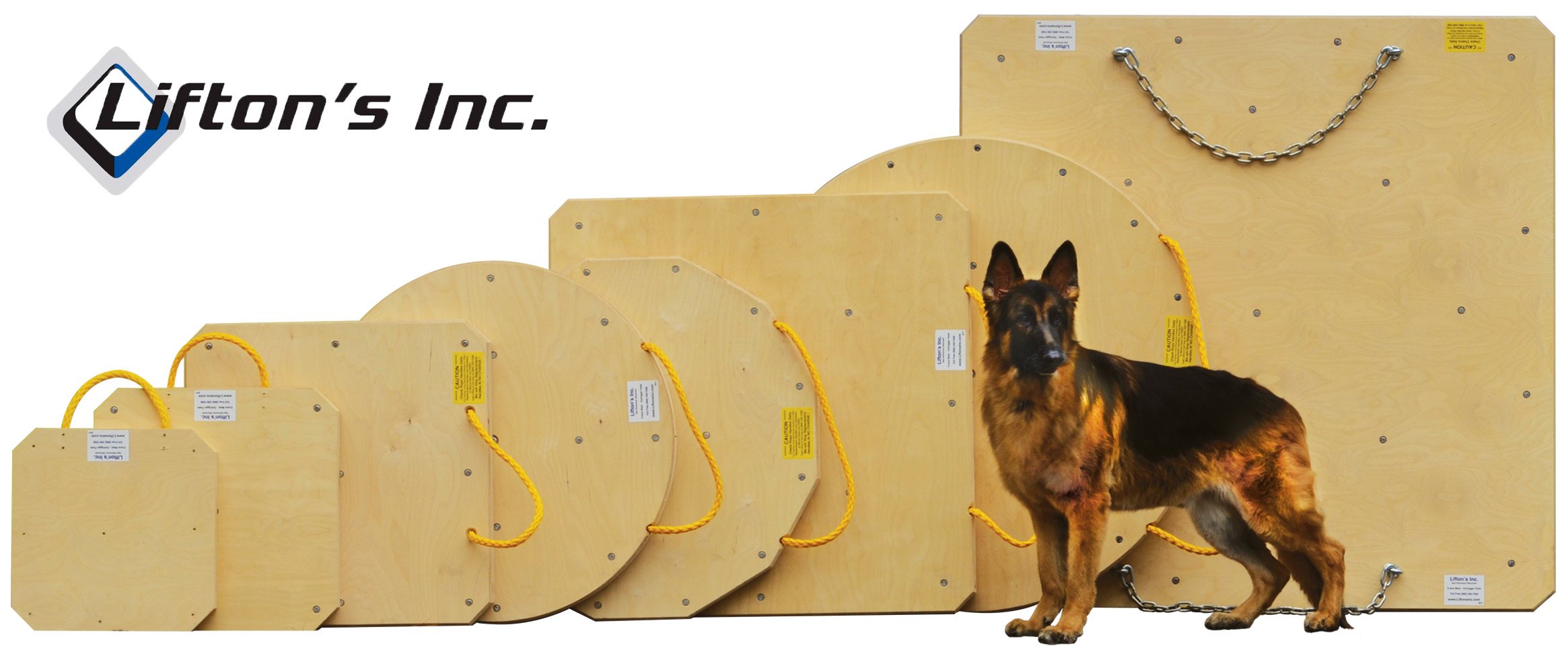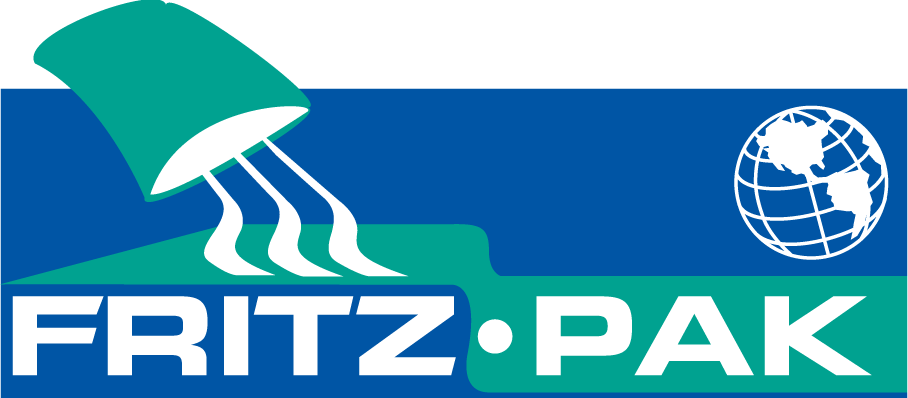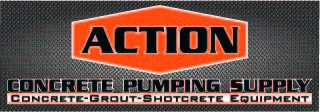High Demand across the Hudson May 2001
Even before the tragic events of September 11, large financial companies in Manhattan were setting up emergency "backup" business locations in Jersey City. However, after 9/11, even more are looking across the Hudson River and migrating that way.
Decades ago, large factories lined the waterfront of Jersey City taking advantage of its river transportation. However, because this shipping method was replaced by faster means, these companies relocated to other areas in favor of cheaper labor rates. Consequently, miles of this waterfront property became vacant when industries left, leaving a somewhat depressed district.
However, in 1975 a threat of a major catastrophe struck Banker's Trust (a company later purchased by Chase Manhattan). The company almost lost their vital records, and the financial community realized the importance of storing important data in multiple places. Clearly in their sight across the Hudson River was the answer - Jersey City.
Consequently, various existing buildings in Jersey were renovated into new office space. However, the majority was torn down. In its place, a new infrastructure was built to accommodate the commercial community and the growing number of people looking to live in this centralized and easily accessible area. Now referred to as a mini downtown Manhattan, Jersey City is further expanding with an appropriate mixture of both business and residential.
Fast, Fast, Fast… As a result of this aggressive revitalization and aftermath of 9/11, construction crews are pumping up the volume to finish projects in Jersey City way ahead of schedule. One such site is the $108 million Liberty View Towers project, which overlooks the water at the Statute of Liberty and the site of the once prominent World Trade Center.
Liberty View Towers, located on 33 Hudson Street, will consist of two 28-story apartment buildings on prime waterfront property. The 1.1 million-square-foot residence will include 648 luxury apartment units on top of an eight-story parking garage, retail shops and health club amenities. To accelerate the construction pace of this job, two placing booms instead of one are being used.
According to Forsa Construction Company, the pumping contractor, it was more economical to have two placing booms versus flying one boom between two towers four times a week. This avoids expensive crane time and keeps the job moving along to easily complete a floor every three days on each tower.
Plus, the placing booms feature a long reach to cover greater areas. On the job is the Putzmeister MXR 32/36 Meter separate placing boom and the detachable boom from the 38-Meter Putzmeister truck-mounted pump, offering 105-foot and 111-foot horizontal reaches respectively. With a long and narrow 70-foot wide by 200-foot long area of each tower, they are using the boom's maximum reach to access the farthest corners and place about 390 cubic yards per floor.
Truck's hopper modified For added versatility, the boom of the truck-mounted 38-Meter was used atop one tower and the truck positioned below for pumping concrete for this high rise. However, to pump concrete over 400-foot heights, the truck's hopper was modified to handle a rated 2,320-psi pressure. Because of this design change, pumping at high 1,885-psi pressures was possible simply by changing hydraulic hoses.
Forsa purchased the two Putzmeister units and rented an additional tower and accessories from the Alexander Wagner Company, the local Putzmeister dealer located in Paterson, N.J. Being from Jersey, Alexander Wagner understood the challenges associated with local construction jobs. For instance, in New Jersey, union rules state that both an operator and electrician are required on site when using an electric-powered placing boom.
To avoid this situation, Alexander Wagner requested Putzmeister to design a special diesel power pack for installation on the boom's pedestal. Putzmeister quickly responded and developed one that features a 56-horsepower turbo-charged Kubota engine. It is water-cooled and runs up to 2,150 rpm. It is directly mounted on the pedestal. However, the manufacturer also offers the power pack as a "separate" piece from the pedestal to accommodate lighter crane picks, and it weighs only 880 pounds.
Alex Wagner, co-owner of the Alexander Wagner Company said, "The diesel power packs eliminated the need for two electricians - one at each placing boom - and saved the contractor substantial labor costs. And besides reducing labor costs, it's also an excellent alternative when three-phase, 440-volt power is unavailable or difficult to get on-site."
Hydraulics offer quick climbing As the entire job focused on reducing crane time and expense, the contractor employed a hydraulic climbing system to pull up the boom. Therefore, the unit (while supported by the building) uses two quick-disconnect cylinders that take advantage of the pedestal's hydraulic power.
As everything else is accelerated on this job, the hydraulic climbing process had to be fast also. And it was, as all components are pin connected for quick installation and dismantle. Plus, the cylinders, ladders and floor support are all lightweight, which makes it easy to carry from floor to floor.
Because of the hurried pace in the area, it's now critical to schedule concrete requirements up to 1-1/2 years in advance. Having secured a slot early on, Forsa is relying on Eastern Materials to supply the 4,000, 6,000 or 8,000-psi concrete mixes as needed in various parts of the project.
When completed in February 2003, Liberty View Towers will consume about 50,000 yards of concrete, and the contractor will quickly move onto the next fast-paced Jersey job.
JOB SPECS: Owner: Essex Waterfront Urban Renewal Entity, LLC - Purchase, N.Y. Architect: Gruzen Samton, LLP - New York City General contractor: Turner Construction Company - Dallas Pumping contractor: Forsa Construction Company - Little Ferry, N.J. Equipment Dealer: Alexander Wagner Company - Paterson, N.J. Ready-mix supplier: Eastern Materials - Jersey City, N.J. Equipment: Putzmeister MXR 32/36 separate placing boom, Putzmeister 38-Meter truck-mounted concrete boom pump, Putzmeister diesel power packs (2), Putzmeister TG-10 towers (2)












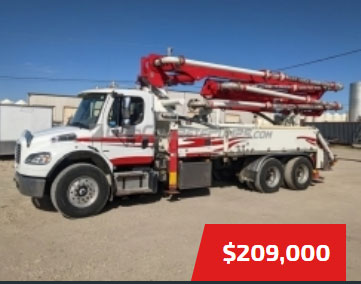




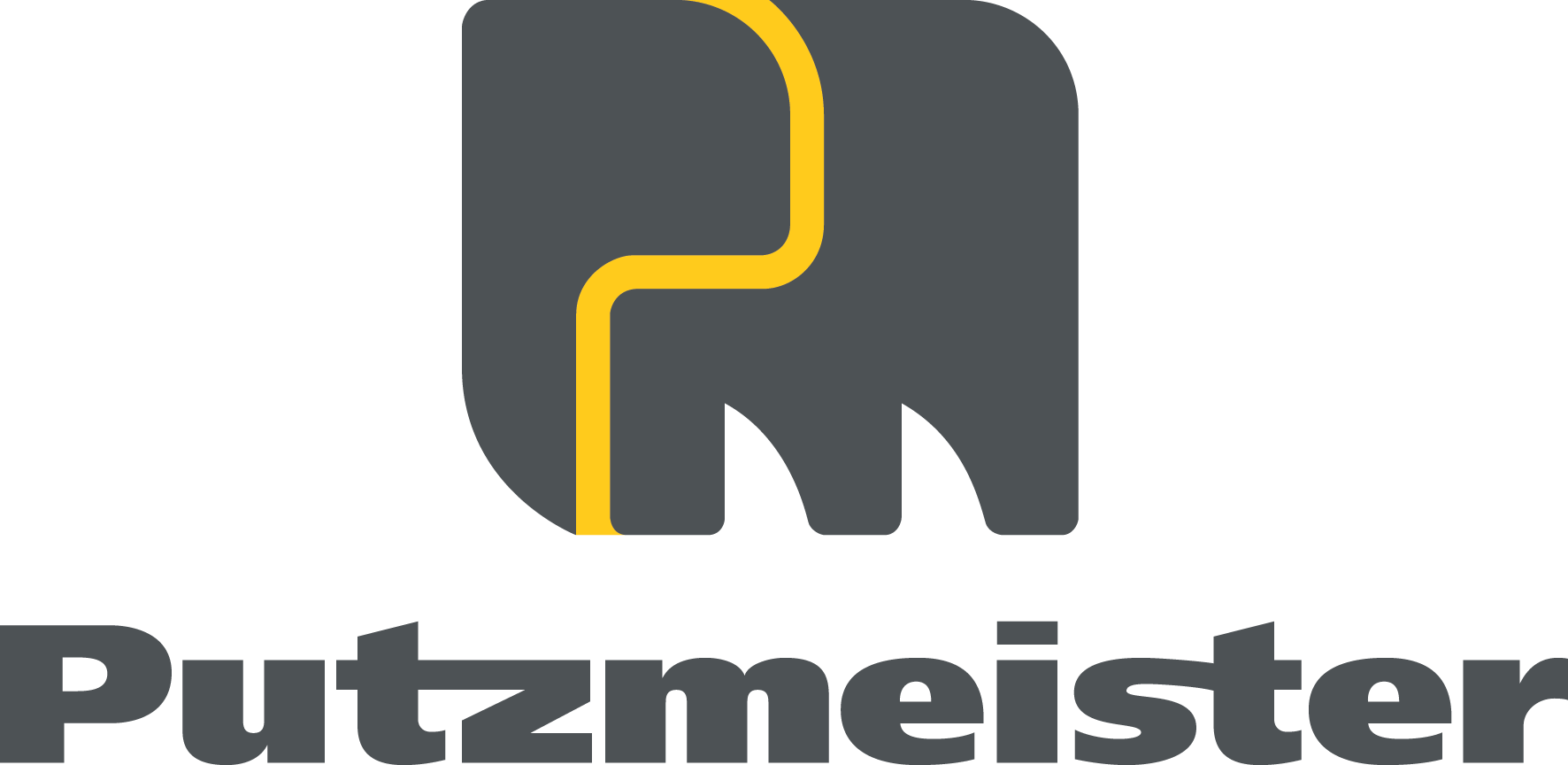



.jpg)
.gif)

.jpg)









.jpg)
